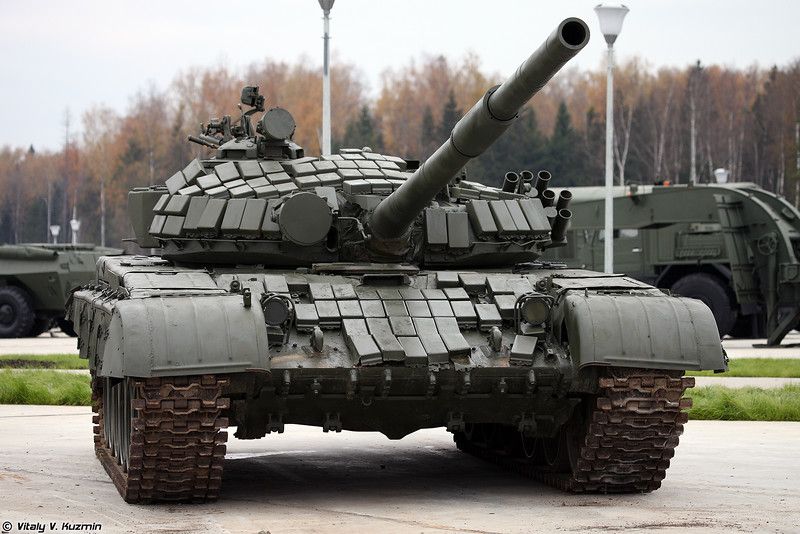Nicaragua uniquely continues to invest in tanks across Central America.
Other nations in the region have moved towards tactical armored vehicles, leaving tanks as relics of the past.
In a significant military update in 2016, Nicaragua acquired over 50 T-72B1 tanks from Russia.
This move aimed to replace their aging Soviet-era T-55 and T-54 models, reflecting a broader strategy to modernize their armed forces.
During the 1980s, Nicaragua reached its peak military buildup, not only in Central America but also across Latin America, emphasizing its commitment to defense.
The T-72 is one of the most widespread battle tanks globally, second only to the T-34.
With around 40,000 active units worldwide, the T-72 continues to evolve with various upgrades for modern combat.
Nicaragua’s T-72B1s boast enhanced armor, featuring NDZ protection and ERA Kontakt-1 explosive reactive armor on key areas.
They also have advanced targeting systems, including night vision and an infrared illuminator, augmenting their combat readiness.
General Julio Avilés, leader of Nicaragua’s army, affirmed the tank acquisition is part of a no-strings-attached deal with Russia.

He also dispelled rumors of debt from this purchase, contradicting reports that Nicaragua spent 80 million dollars.
The financial debate arose because Nicaragua has a high rate of multidimensional poverty, as reported by ECLAC, an arm of the United Nations.
Background
Nicaragua’s reliance on tanks dates back to the Cold War era. This period marked an arms race in Latin America, influenced by superpower rivalries.
The country’s military strategy has historically prioritized heavy armor capabilities. In contrast, neighboring Central American nations have gradually shifted their focus.
They have redirected resources towards lighter, more versatile armored vehicles, deeming them more practical for current needs.
The decision in 2016 to upgrade to the T-72B1 tanks reinforced Nicaragua’s distinct military path.
It signaled a preference for maintaining a robust armored force in an era where others are downsizing.
Nicaragua’s military updates mirror past alliances and long-standing relationships with Russia.
These connections date back to the Soviet support during the Sandinista government in the 1980s.
Russia’s role as a supplier to Nicaragua demonstrates the continuing influence of historical ties in military decisions.
It also highlights Russia’s strategic interest in maintaining a presence in the region.
The conversation on military spending in Nicaragua arises amidst broader economic challenges.
These include efforts to alleviate poverty and improve living conditions for its citizens.
The debate over military investments vs. poverty reduction remains a contentious topic within Nicaragua.
It reflects the country’s ongoing struggle to balance security needs with socio-economic development.

